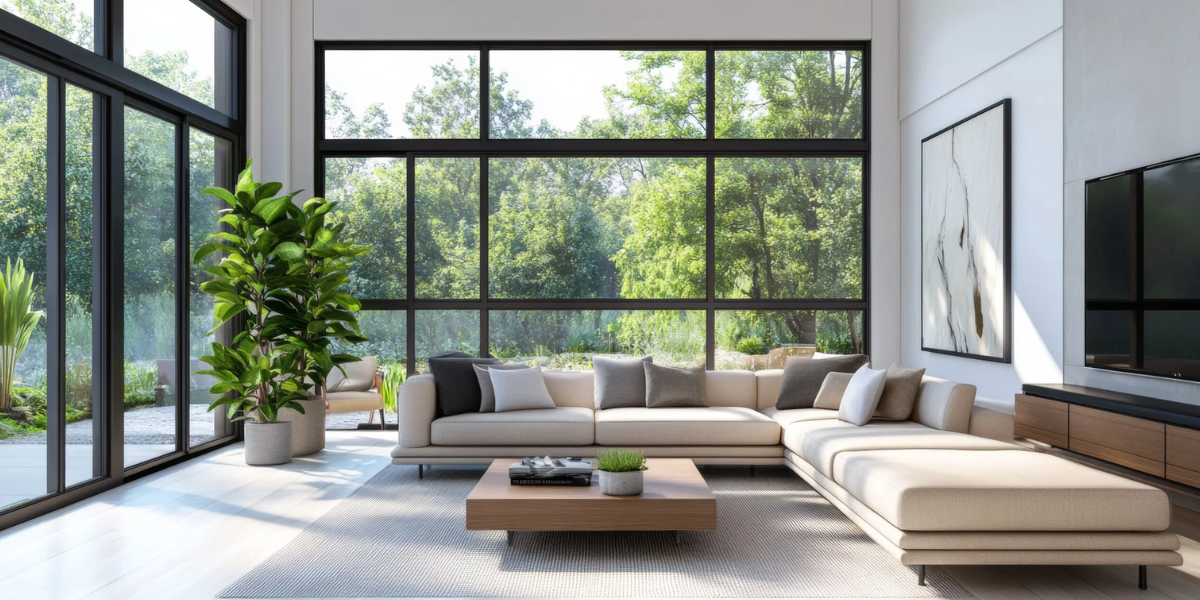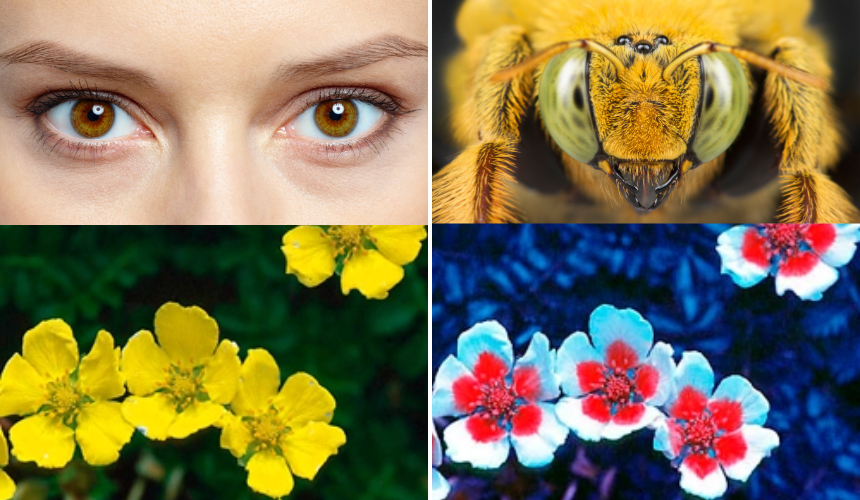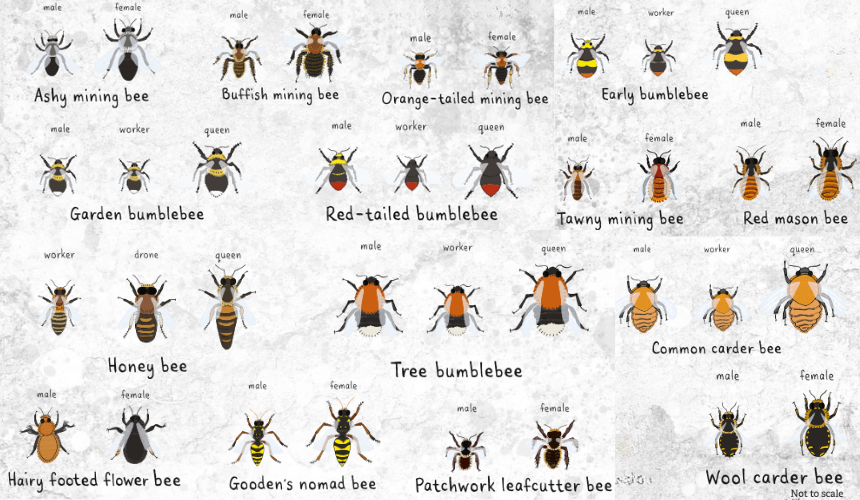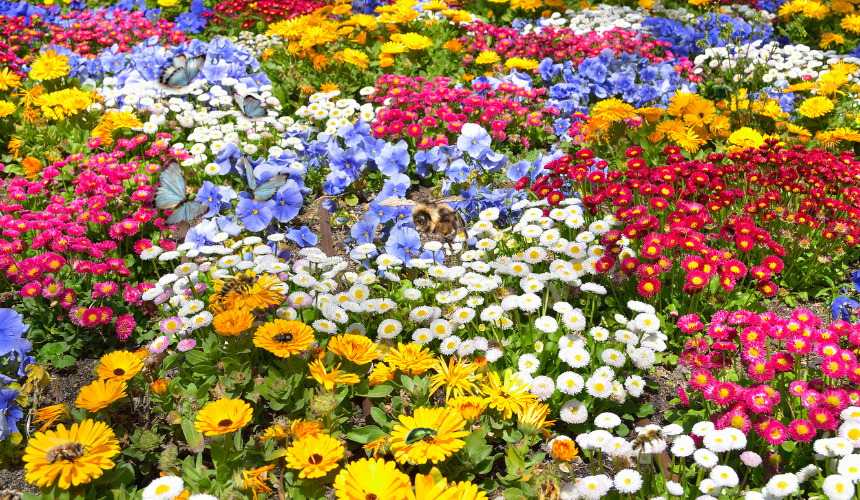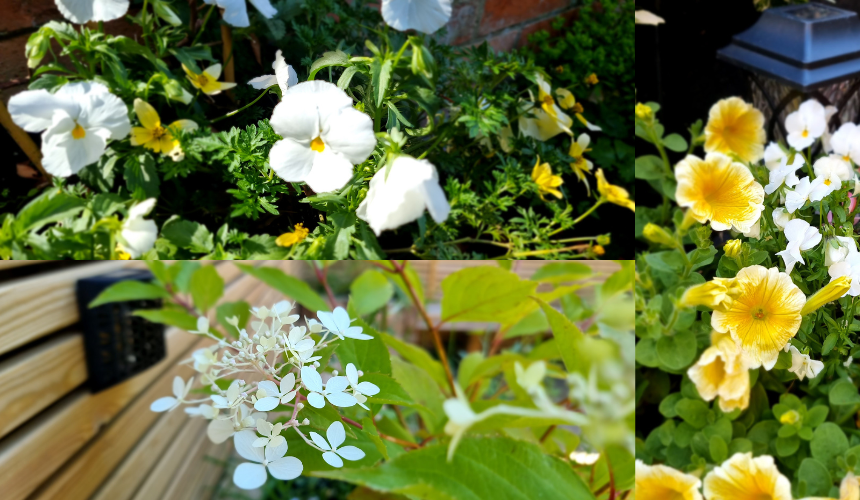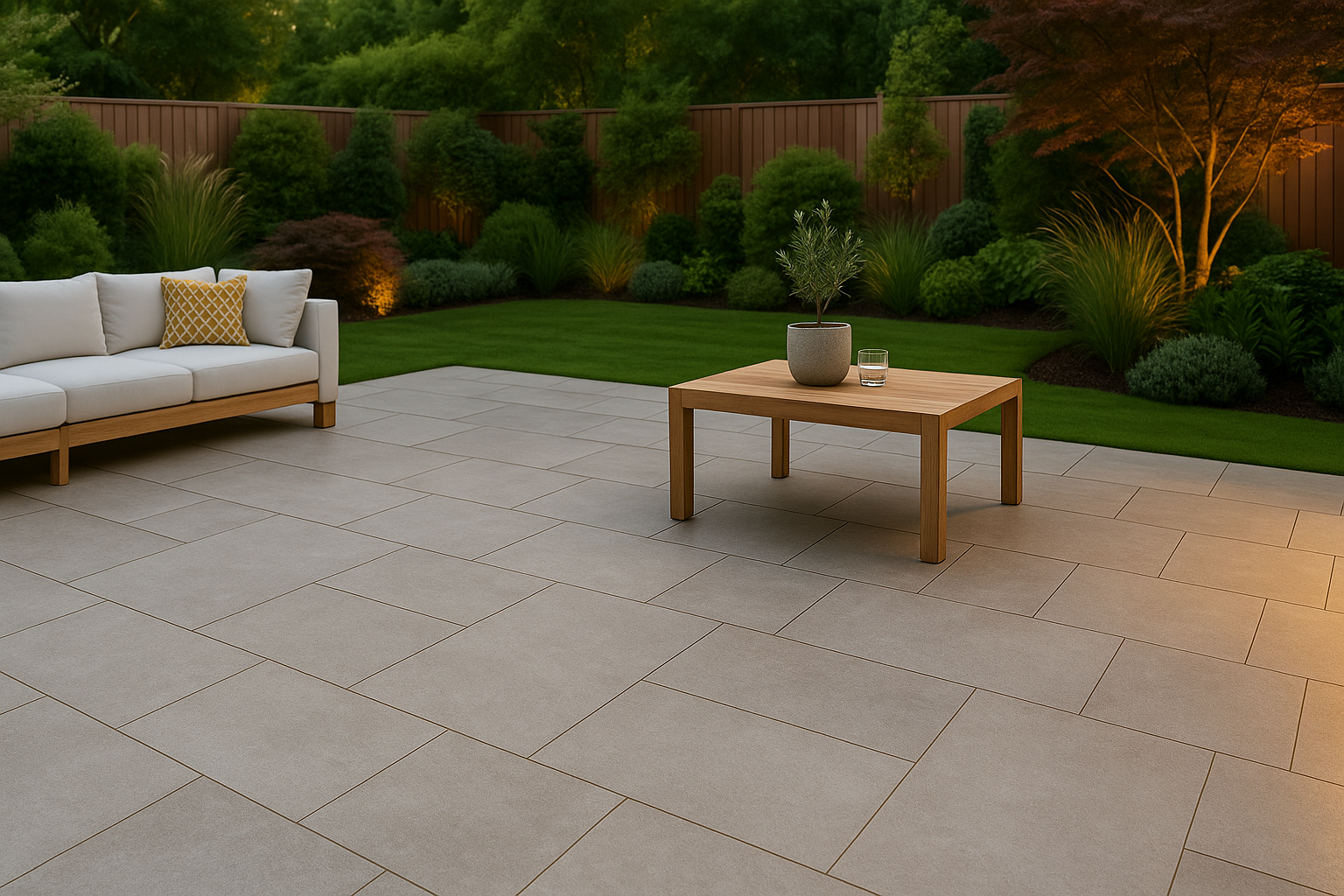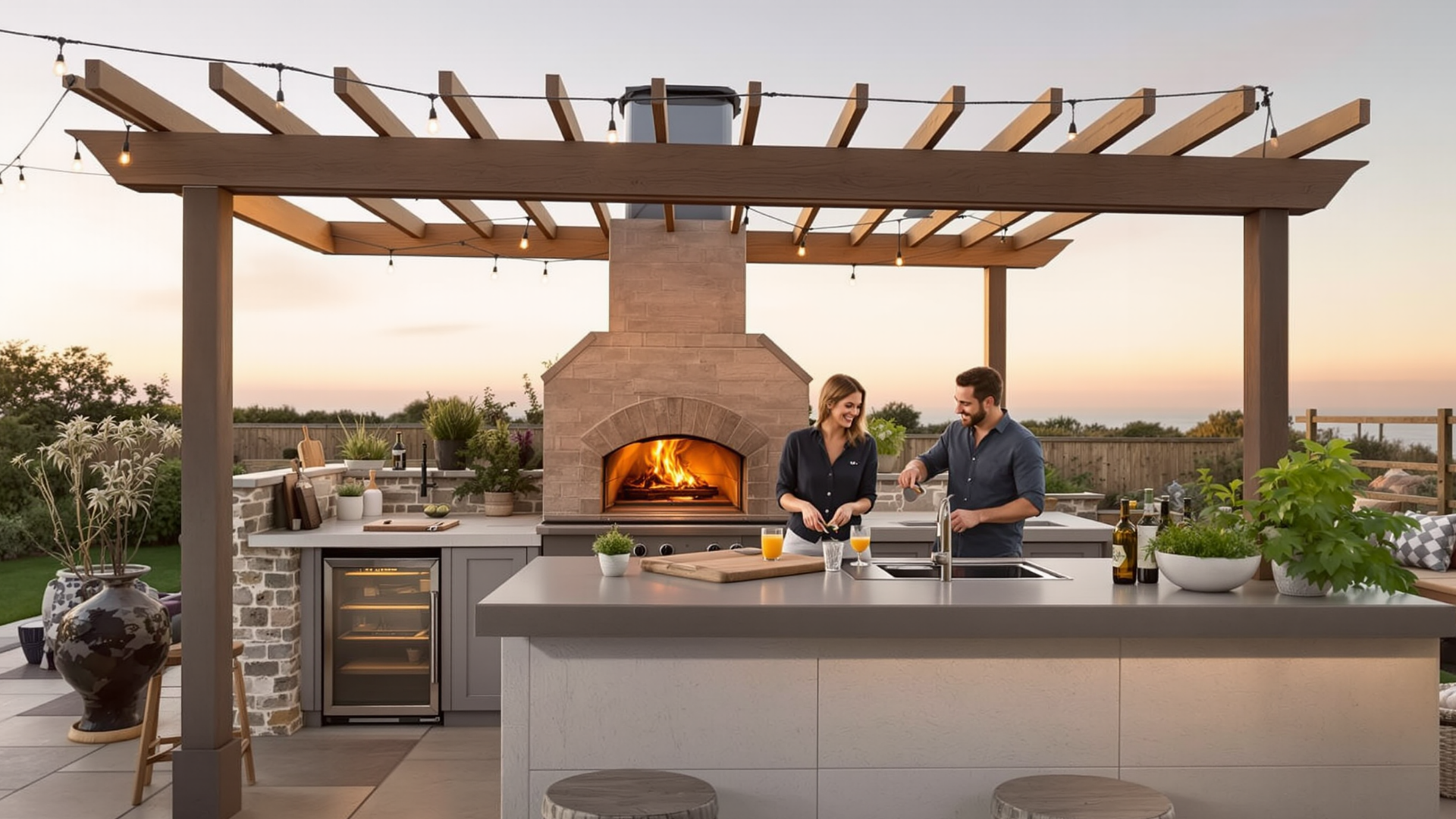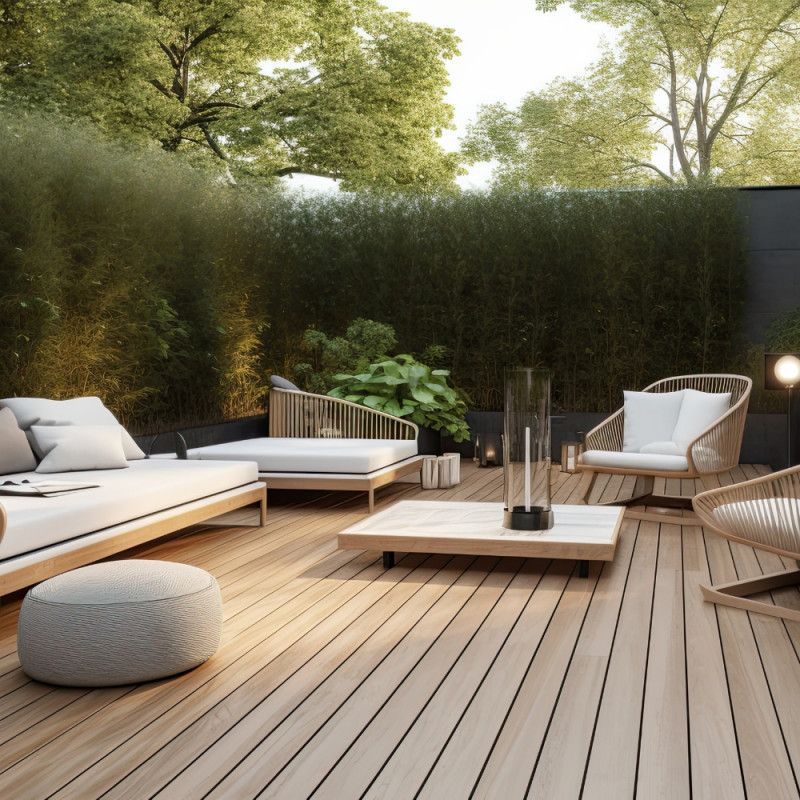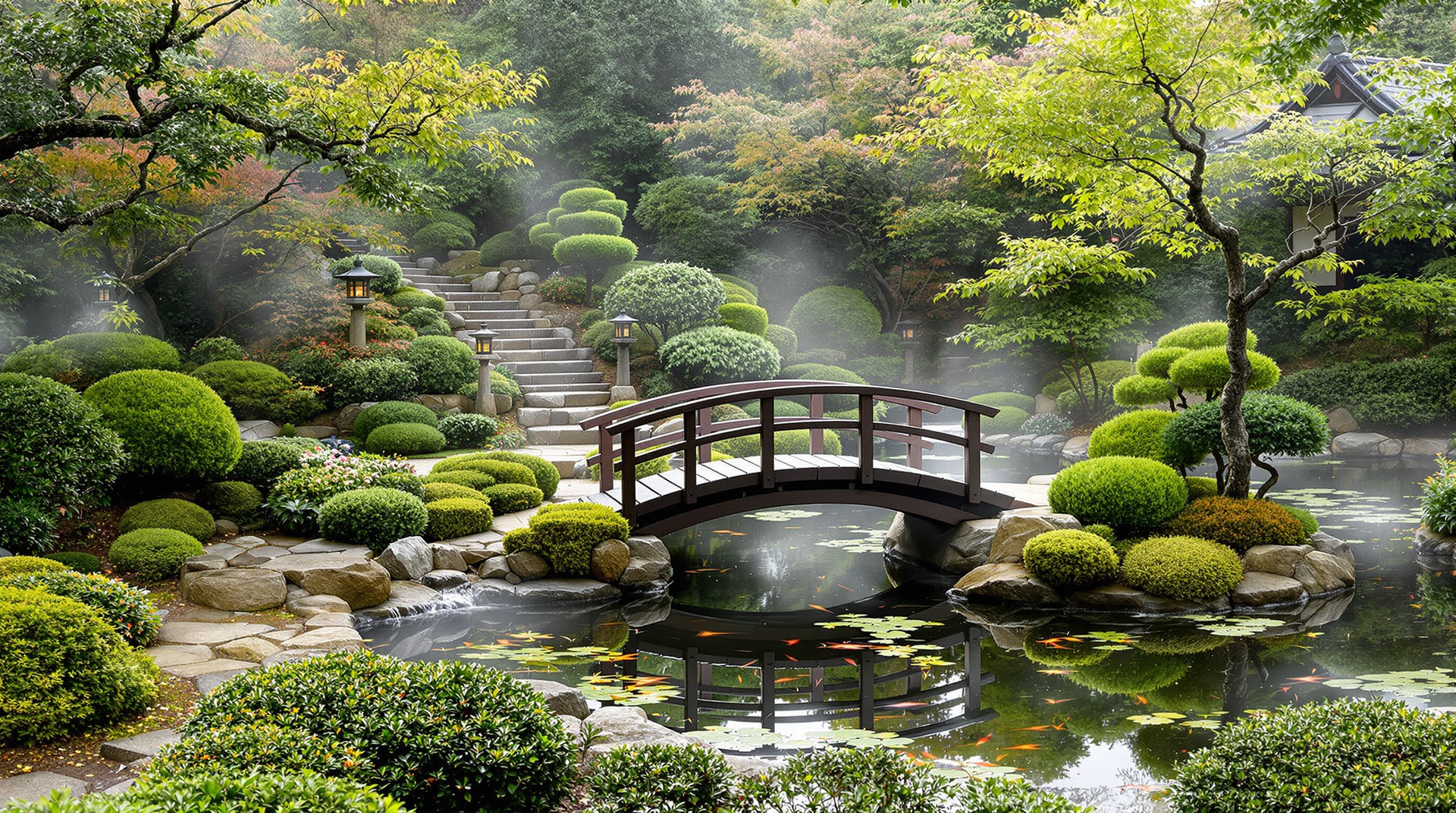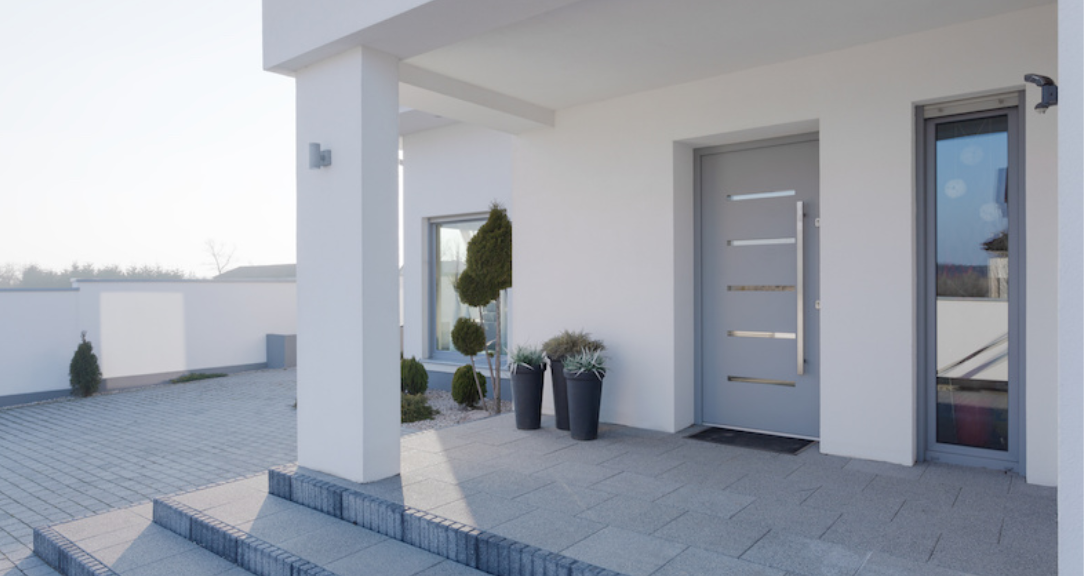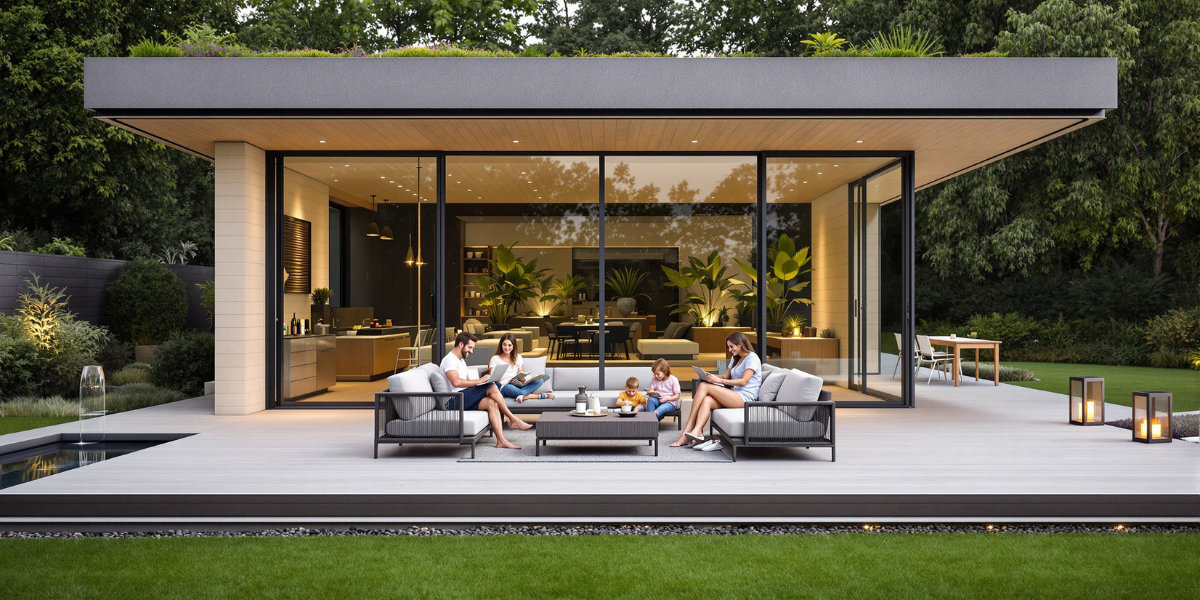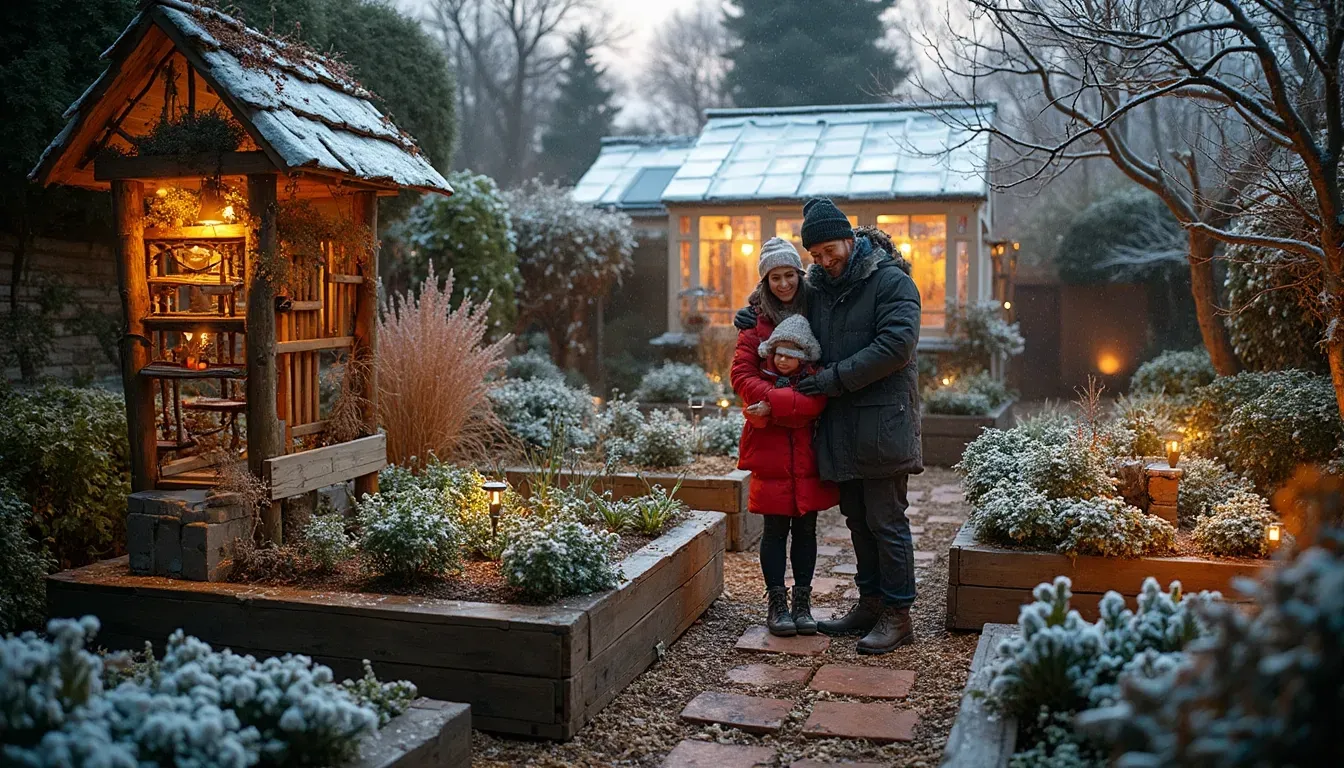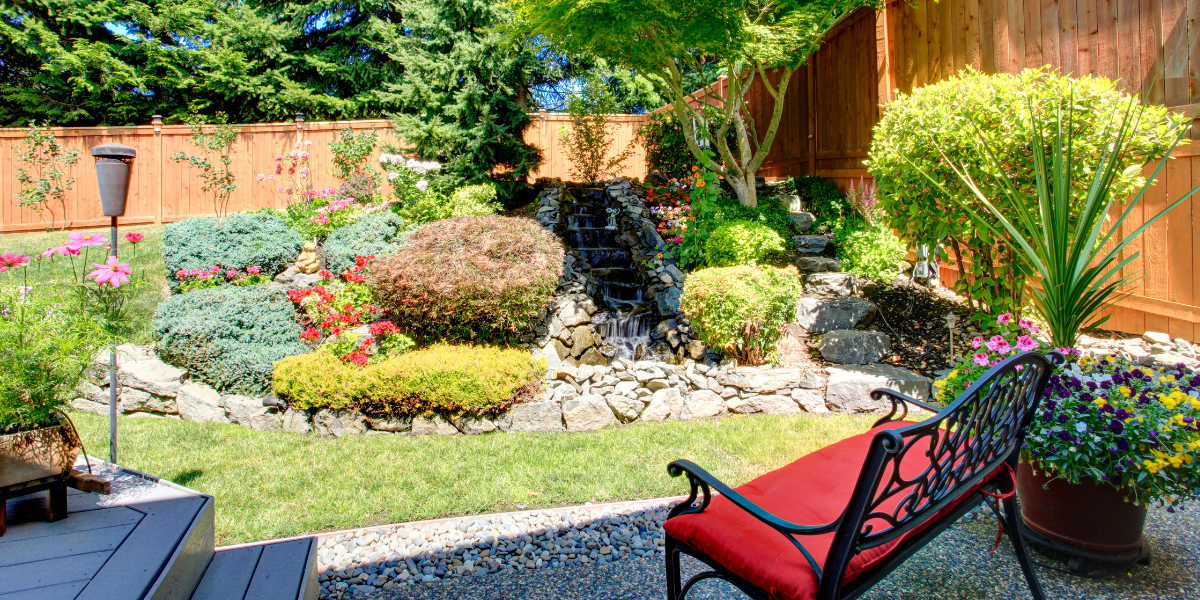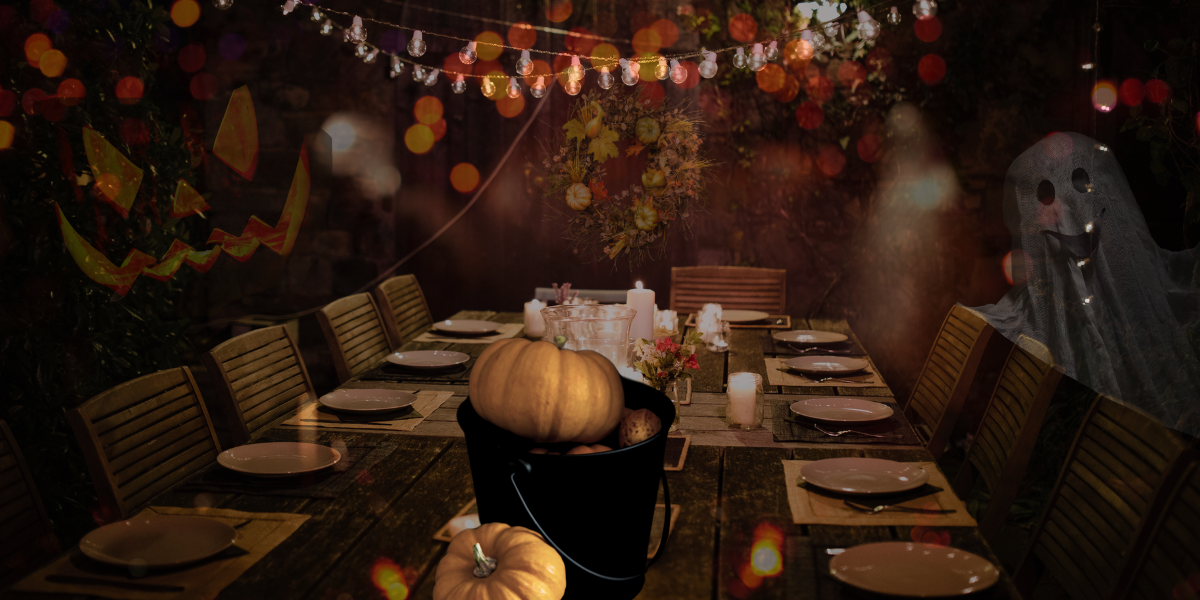How to Create a Bee-Friendly Garden: Top Tips for Attracting Pollinators
How to Create a Bee-Friendly Garden: Top Tips for Attracting Pollinators
Colourful Blooms, Feeding Tips & Habitat Ideas for Honeybees, Bumblebees and More
If you're looking to landscape your garden, this information is vital. Knowing how to attract and support pollinators can make your garden more vibrant and productive. Plus, a garden buzzing with bees and butterflies is not only beautiful but also beneficial for the environment.
In this article, we'll talk about how to make your garden a haven for pollinators. You'll learn about different types of bees and how to attract them. We'll cover the best plants for pollinators and how to create a welcoming habitat with water sources, feeders, and nesting sites. Plus, we'll give a shout-out to wasps and other pollinators who also do important work. Creating a pollinator paradise when landscaping enhances your garden's beauty and supports essential ecological functions. By the end, you'll be ready to make a buzzing paradise in your own back garden.
Why Pollinate?

Pollination is crucial for a thriving garden and a healthy ecosystem. It's the process that allows plants to reproduce, ensuring we have beautiful flowers, fruits, and vegetables. Without pollinators, many of our favourite plants couldn't set seed or produce fruit. By attracting and supporting pollinators like bees, butterflies and bugs, we can help maintain biodiversity and ensure our gardens flourish year after year. Plus, who doesn't love the sight and sound of a garden buzzing with life?
Here, you'll soon discover the secret to a buzzing, thriving garden that attracts beneficial insects, improves pollination, and is full of colour and life. Transform your garden into a sanctuary for bees and other essential insects, boosting biodiversity and garden health.
Understanding Bee Attraction
The Colour Code: Why Bees Love Certain Flower Pigments
Bees see colours differently than humans. They are particularly attracted to blue, violet, and ultraviolet. This type of vision explains why you'll often see bees hovering around bluebells, violets, and lavender. Including these colours in your garden makes it a hotspot for bees.
Importance of Colour in Pollination:
Adding specific colours to your garden will aid in pollination, benefiting the entire garden ecosystem. You'll be surprised how far a splash of blue can go - it's a feast for your bee friends.
"The hum of bees is the voice of the garden." - Elizabeth Lawrence.
Fun Fact:
Did you know that bees can't see red? They see it as black. So, if you're planning to attract bees, skip the red flowers and opt for blues and purples instead.
Types of Bees and How to Attract Them
Meet the Bees: Different Types and Their Preferences
Bees are not just a singular entity buzzing around your garden; they come in various shapes, sizes, and species, each with unique preferences and roles in pollination. Understanding the different types of bees and how to attract them can significantly enhance the biodiversity and health of your garden. Let's dive into the fascinating world of bees and explore the distinct characteristics and needs of honeybees, bumblebees, solitary bees, and carpenter bees.
- Honeybees are the most well-known and often celebrated for their ability to produce honey and pollinate many different varieties of crops. These social insects live in large colonies and are highly attracted to flowers like lavender, rosemary, and sage. Their organised foraging habits make them incredibly efficient pollinators, ensuring your garden's plants thrive.
- Bumblebees, with their larger, fuzzier bodies, are adept at pollinating flowers that require a bit more muscle to access their nectar. These bees prefer open, tubular flowers such as foxglove, hollyhock, and honeysuckle. Their buzzing sound is a delightful addition to your garden ambience and a critical part of their pollination technique, known as buzz pollination, which helps release pollen from certain flowers.
- Solitary Bees, including mason and leafcutter bees, are excellent pollinators despite their solitary nature. Unlike honeybees and bumblebees, they do not live in colonies but prefer to nest alone. These bees are particularly drawn to plants like asters, sunflowers, and cosmos. Providing nesting sites such as bee hotels or bare patches of soil can make your garden a welcoming haven for these industrious pollinators.
- Carpenter Bees are often mistaken for bumblebees due to their size and appearance. While they are effective pollinators, their tendency to burrow into wood can be problematic for garden structures. Attract them with native plants like wild indigo and passionflower, but consider offering alternative nesting sites to protect your wooden fixtures.
By tailoring your garden to meet the needs of these different types of bees, you create a vibrant, diverse ecosystem that supports your plants and the essential pollinators that help them flourish.
"Handle a book as a bee does a flower,
extract its sweetness but do not damage it." - John Muir.
Handy Tip:
Remember, while carpenter bees are excellent pollinators, they can be the 'carpenters' you didn't hire. Protect your wooden structures or provide them with alternative nesting sites.
Best Plants for a Pollinator Paradise
Blooms that Buzz: Top Plants for Attracting Bees and Insects
Creating a garden that attracts many pollinators is fun and super beneficial for your plants and the environment. Pollinators like bees, butterflies, and other insects help flowers reproduce, and with the right plants, your garden can become a lively, buzzing paradise. The secret to drawing in these helpful critters is picking plants with plenty of nectar and pollen throughout the year.
- Native Wildflowers:
The importance of native plants cannot be overstated. They are adapted to the local environment and are a favourite among local pollinators. Top choices include foxgloves, bluebells, and primroses.
- Herbs and Vegetables: These plants offer a dual benefit—culinary uses for you and nectar for bees. Consider planting lavender, thyme, and borage.
- Seasonal Planting:
Select plants that bloom at different times of the year to provide a continuous food source for pollinators. This way, your garden will always have something to offer from early spring to late autumn.
"To make a prairie it takes a clover and one bee, One clover, and a bee, And revery.
The revery alone will do, If bees are few." - Emily Dickinson.
Fun Fact:
Bees have
five eyes—two large compound eyes and three smaller simple eyes on the top of their head. This makes them excellent at detecting movement and navigating to beautifully planted flowers.
Creating a Bee-Friendly Habitat
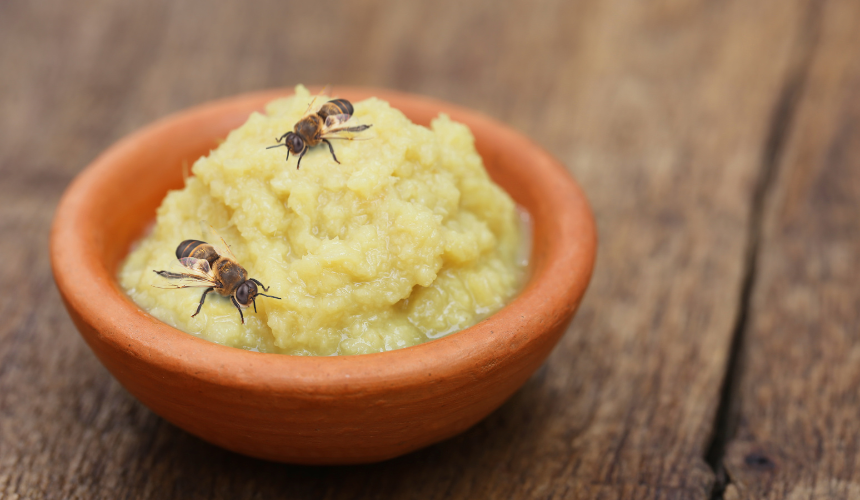
More than Just Flowers: Building a Bee Haven
Making your garden bee-friendly isn't just about planting flowers. It's about creating a space where bees feel at home. They need places to drink, eat, and rest. Adding a few simple things to your garden can make it a natural bee haven.
- Water Sources: Providing water for bees is crucial. Create simple bee baths using shallow dishes and pebbles. This gives bees a place to land while they drink.
- Feeding the Bees:
Sometimes, bees need an extra boost, especially during colder months or when nectar sources are scarce. You can make a simple bee feeder using a shallow dish filled with a sugar-water solution (mix one sugar into four parts water). Avoid using honey or artificial sweeteners, as they can harm the bees. Additionally, you can offer bees some of the following:
- Crushed Apple: A small plate with crushed apples provides natural sugars.
- Banana Slices: Another good source of natural sugar easily accessible to bees.
- Overripe Fruit: Soft, overripe fruit like pears or grapes can be placed in a shallow dish for bees to feed.
- Fresh Berries: Crushed berries like raspberries or strawberries are attractive to bees.
- Shelter and Nesting Sites: Bees need a place to rest and nest. Incorporate bee houses and natural shelters into your garden. Leave some bare patches of soil for ground-nesting bees.
- Avoiding Pesticides: Pesticides can harm pollinators. Opt for natural alternatives like neem oil or introduce beneficial insects like ladybugs to control pests.
"When you take a flower in your hand and really look at it,
it's your world for the moment." - Georgia O'Keeffe.
Handy Tip:
Think of your garden as a bee B&B—provide them with nectar and pollen for breakfast, a water bath, and a cosy place to stay. Bees will rate your garden five stars on TripAdvisor!
The Role of Wasps and Other Pollinators
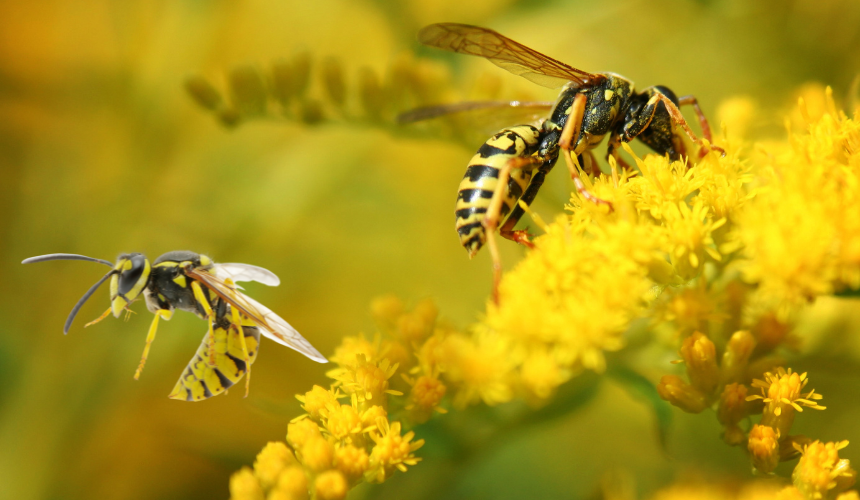
Beyond the Buzz: Appreciating Wasps and Other Pollinators
Let's talk about some garden visitors who don't always get the love they deserve. Yes, I'm looking at you, wasps. While they might not have the best reputation, wasps are crucial in pollination and pest control. They might seem like a nuisance at your summer BBQ, but these little guys are doing important work in your garden.
Wasps help to pollinate flowers, just like bees. They are particularly good at getting into tight spaces to reach nectar, allowing plants to reproduce. Plus, they help keep pest populations in check by preying on other insects that might harm your plants. So next time you see a wasp, remember they're on your side.
- Wasps as Pollinators:
While often seen as a nuisance, wasps also play a role in pollination. They help control pest populations and can be beneficial in the garden.
- Other Pollinators: Butterflies, moths, and beetles are also important pollinators. Attract them with butterfly bushes, night-blooming flowers, and daisies.
"The keeping of bees is like the direction of sunbeams." - Henry David Thoreau.
Handy Tip:
Wasps might seem like the garden's uninvited guests, but they're like that friend who always brings snacks to the party—annoying yet surprisingly practical.
Personal Story: A Moon Garden Delight
(by Kerry Greener)
A Haven for Bees and Dragonflies
Let me tell you about my little slice of paradise: my moon garden. During the day, my garden is prepped to be the hive of activity with mainly white flowers—hence the name 'moon garden.' But I've also added deep purple and yellow flowers that attract bees and other buzzing pollinators. These vibrant colours, along with the white blooms, are the favourites of the daytime pollinators.
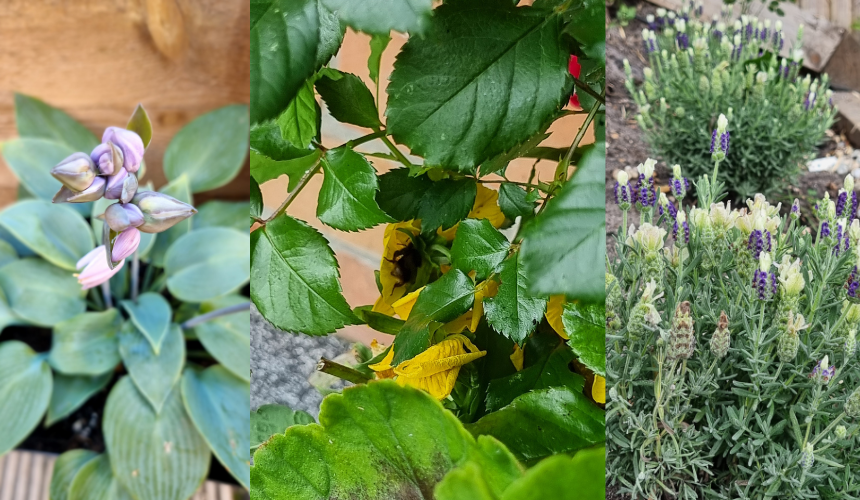
And my garden doesn't sleep when the sun goes down. I have created a haven for nocturnal pollinators, too! These silent workers are often overlooked but are just as vulnerable to stressors like habitat loss and pesticides as their daytime counterparts.
Some of the night pollinators I attract (and would like to attract) include:
- Moths: Species like underwings, hearts and darts, and even hawkmoths are drawn to the evening blooms.

- Glow Worms and Nocturnal Beetles:
Their subtle glow and silent movements add a touch of magic to the night garden.
- Nectar-Drinking and Insect-Eating Bats: These bats help pollinate and keep mosquito populations in check—a win-win!
Yes, my garden is a peaceful, magical space that used to be full of activity at all hours. However, this year, something's different. Despite the new addition of a wildlife pond, my insect playground has a shortage of buzzing life. And alarmingly, my friends and family have noticed the same thing in their gardens. Is this common across the UK? Perhaps the world? What's going on?
Take my poll at the bottom of the page and share your thoughts!
"The bee is more honoured than other animals, not because she labours,
but because she labours for others." - Saint John Chrysostom.
Fun Fact:
Dragonflies are excellent pest controllers—they love eating mosquitoes. So, having a pond with dragonflies adds beauty and helps control those pesky insects.
So What Do We Know?
Understanding bee attraction, selecting the right plants, and creating a habitat to attract various types of bees and other pollinators are critical to a thriving garden.
And it's not just bees that do the hard work. Butterflies, wasps, moths, beetles and even bats are heroes when it comes to pollinating. Butterflies and moths are drawn to bright, fragrant blooms. They flit from flower to flower, spreading pollen as they go. Beetles, on the other hand, are often attracted to flowers with strong scents and open shapes, making it easy for them to crawl inside and feast on pollen.
And let's not forget about the night shift. Bats are excellent pollinators, too, especially for night-blooming flowers. Nectar-drinking bats and insect-eating bats both contribute to a healthy garden ecosystem. Plus, they help control mosquito populations, which is always a bonus.
So, next time you're out in your garden, take a moment to appreciate all the different pollinators buzzing around. They each have their own role to play, and together, they keep your garden thriving.
What Can You Do to Help the Bees?
As a professional landscaping company, we can help you transform your garden into a haven for bees and other pollinators with these simple steps:
- Select the Right Plants: We'll plant native wildflowers, herbs like lavender and thyme, and vegetables like tomatoes to attract and nourish bees.
- Create a Water Source: Setting up a shallow dish with pebbles and water will give bees a safe place to drink.
- Add Shelter and Nesting Sites: We'll install bee houses, leave some bare soil patches, and include plants with hollow stems for nesting.
- Avoid Pesticides: Using natural pest control methods like introducing ladybugs will keep your garden safe for pollinators.
- Plant for All Seasons: We'll ensure your garden has blooms in early spring, summer, and late autumn to provide a continuous food source.
- Create Night-time Attractions: Planting evening-blooming flowers will attract nocturnal pollinators like moths and bats.
By implementing these steps, we'll create a vibrant, bee-friendly garden that supports pollinators and enhances the beauty of your outdoor space.
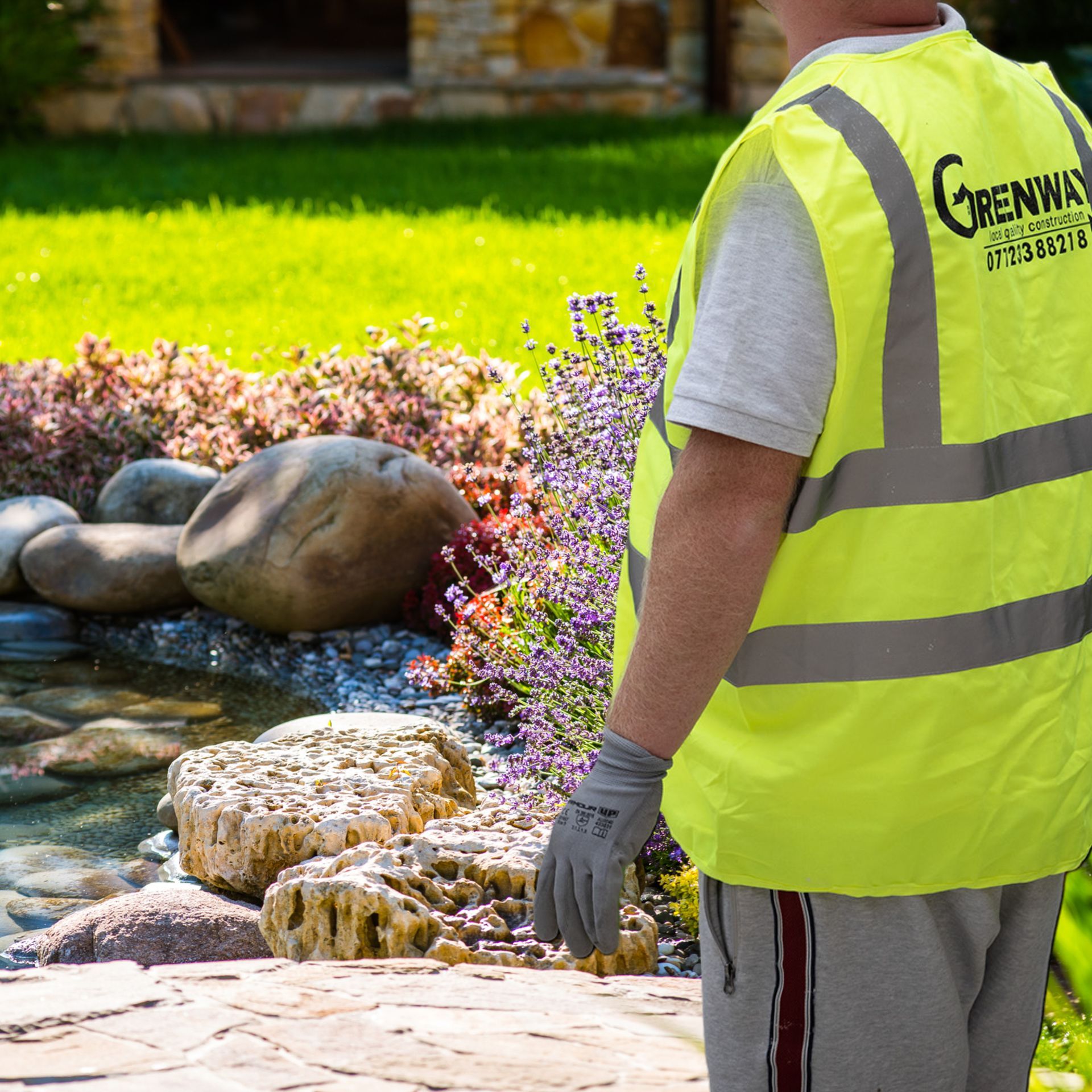
Next Action Step:
For more personalised advice, get a complete garden design with a 2D architectural plan, 3D render, plus a 3D animated walkthrough on any garden project over 200 m². Plus, get a full planting plan in your individual style. Contact Greenway on 01202 022246 to book your garden consultation.
Read our article: 6 Reasons 3D Animated Walkthroughs Revolutionise Garden Design
What's Going On in Your Garden?
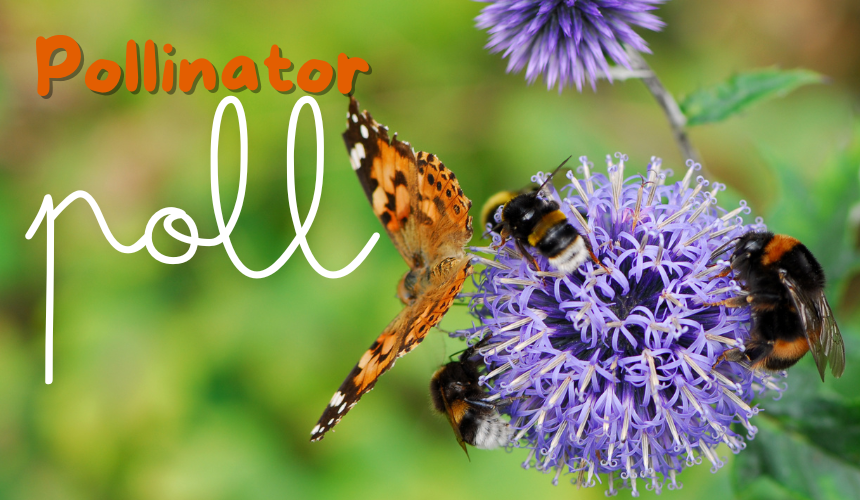
Create Your Dream Wildlife Garden with Greenway Landscaping
Transform your outdoor space into a vibrant wildlife haven with our comprehensive planting plans and expert landscaping services. At Greenway Landscaping, we specialise in creating gardens that support local wildlife and pollinators, ensuring your garden is both beautiful and eco-friendly.
Our services include:
- Full Planting Plans: Custom-designed to attract bees, butterflies, and other beneficial insects, our planting plans ensure your garden thrives year-round.
- Landscaping Services: From native wildflower meadows to diverse herb and vegetable gardens, we create landscapes that provide food and shelter for local wildlife.
- Consultations: Get expert advice on how to create and maintain a wildlife-friendly garden. We'll help you choose the best plants and features for your space.
Explore the possibilities and start planning your perfect wildlife garden today. Enter your details below, and we'll be in touch.
Contact Greenway Landscaping at
01202 022246
or make a general enquiry using the form below.
Let's create a garden that stands out, supports wildlife, and lasts the test of time.
Contact Greenway
Please rest assured, your details will not be shared with any third parties.
Greenway will only contact you regarding your inquiry and other Greenway-related information.
